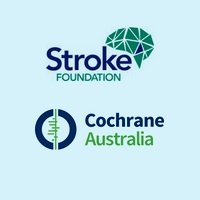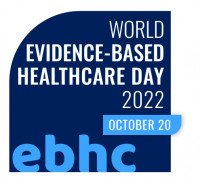Out today: Latest update to living guidelines for stroke care
New and updated recommendations for stroke management have been published as part of Australia’s living guidelines for stroke. You can find a summary in today’s MJA.
Over 30 new and updated recommendations have been made since the living guidelines began in 2018, including these five new strong recommendations:
For patients with potentially disabling ischaemic stroke who meet perfusion mismatch criteria in addition to standard clinical criteria,he recommended time window for safe administration of alteplase has been extended to 9 hours post-stroke;
For patients with potentially disabling ischaemic stroke due to large vessel occlusion who meet specific eligibility criteria intravenous tenecteplase (0.25 mg/kg, maximum 25 mg) or alteplase (0.9 mg/kg, maximum of 90 mg) should be administered up to 4.5 hours after the time the patient was last known to be well;
For patients with ischaemic stroke caused by a large vessel occlusion in the internal carotid artery, proximal middle cerebral artery (M1 segment), or with tandem occlusion of both the cervical carotid and intracranial large arteries, endovascular thrombectomy should be undertaken when the procedure can be commenced between 6 and 24 hours after they were last known to be well if clinical and computed tomography perfusion or magnetic resonance imaging features indicate the presence of salvageable brain tissue;
In hospitals without onsite 24/7 stroke medical specialist availability, telestroke systems should be used to assist in patient assessment and decision making regarding acute thrombolytic therapy and possible transfer for endovascular therapy.
In patients with ischaemic stroke, cholesterol lowering therapy should target low density lipoprotein cholesterol < 1.8 mmol/L for secondary prevention of atherosclerotic cardiovascular disease.
There are also three updates graded as strong recommendations:
Aspirin plus clopidogrel should be commenced within 24 hours and used in the short term (first 3 weeks) in patients with minor ischaemic stroke or high risk transient ischaemic attack to prevent stroke recurrence;
In patients with ischaemic stroke aged under 60 years in whom a patent foramen ovale is considered the likely cause of stroke after thorough exclusion of other aetiologies, percutaneous closure of the patent foramen ovale is recommended;
For stroke survivors with reduced strength in their arms or legs, progressive resistance training should be provided to improve strength.
Access the latest guidelines in full at the Stroke Foundation’s Clinical Guidelines for Stroke Management.
In 2018, the Stroke Foundation and Cochrane Australia were awarded funding by the Australian Government (Medical Research Future Fund) to test a model of living guidelines for stroke management. These were the first Australian living clinical guidelines and are the first and only living stroke guidelines worldwide.



